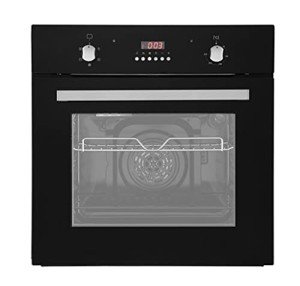Understanding the Built-In Range: A Deep Dive Into One of the Most Versatile Programming Features
The built-in function range() is among the most commonly used features in programming, particularly in Python. Its simpleness and versatility make it a vital tool for designers, engineers, and data researchers alike. In this article, we will explore the basic aspects of the built-in range function, its syntax, usage cases, and some practical examples to help you take advantage of its power in your coding ventures.
What is the Built-In Range?
In Python, the range() function produces a sequence of numbers. It is often used for iteration, particularly within loops, allowing programmers to carry out a block of code a specific variety of times without by hand specifying each version.
Syntax of the Range Function
The range() function can take one, 2, or 3 arguments, and its basic syntax is as follows:
range( start, stop, action).
start: The beginning point of the sequence (inclusive). If left out, it defaults to 0.
stop: The endpoint of the series (special). This argument is needed.
step: The difference in between each number in the series. If omitted, it defaults to 1.
Examples of Using Range.
Standard Usage: Using range() in a basic for loop to print numbers from 0 to 4:.
for i in range( 5 ):.
print( i).
Output:.
0
1.
2.
3.
4.
Specifying a Start and Stop: You can define both a beginning point and an endpoint:.
for i in range( 2, 6):.
print( i).
Output:.
2.
3.
4.
5.
Utilizing a Step Value: The action parameter permits you to control the increments:.
for i in range( 0, 10, 2):.
print( i).
Output:.
0
2.
4.
6.
8.
Counting Backwards: The step can also be unfavorable, permitting counting down:.
for i in range( 5, 0, -1):.
print( i).
Output:.
5.
4.
3.
2.
1.
Practical Applications.
Iterating Over Lists: While using range() prevails in for loops, it can likewise work for iterating over the indices of a list.
fruits = [' apple', 'banana', 'cherry'] for i in range( len( fruits)):.
integrated electric ovens ( f" i: fruits [i] ").
Output:.
0: apple.
1: banana.
2: cherry.
Producing Number Sequences: The function comes in handy for creating sequences of numbers, which you may require for algorithms or data manipulation.
number_list = list( range( 10, 21)).
print( number_list).
Output:.
[10, 11, 12, 13, 14, 15, 16, 17, 18, 19, 20] List Comprehensions: range() works perfectly with list understandings for more condensed expressions.

squares = [x ** 2 for x in range( 5)] print( squares).
Output:.
[0, 1, 4, 9, 16] Conclusion.
The built-in range function is a fundamental feature in Python that provides a basic way to generate series of numbers, which can be used for a range of shows tasks. Whether you are dealing with loops, producing lists, or implementing algorithms, comprehending how to make use of range() is important for efficient Python coding. As you continue to check out the language, you'll unquestionably discover brand-new ways to take advantage of this powerful tool, making your programming tasks more effective and structured.
